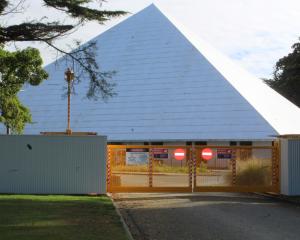Dairy farmers who fail to improve their systems to protect the environment and those in catchments with degraded water quality will face more inspections from the Otago Regional Council this season.
Dairy farms have been inspected annually by the regional council since 2001 but for the coming milking season the council is moving to a ''risk management approach'' as part of its new 6A water quality compliance strategy.
''Every farm will be assessed on environmental risk and inspections assigned based on that risk,'' a report to the council's regulatory committee yesterday said.
If a farm changed its infrastructure and reduced its environmental risk, the number of inspections would decrease.
When water quality improved in degraded catchments, inspection frequency would reduce further.
At present, 6.5% (28) of the region's 435 diary sheds had one or more incidents which had the potential to adversely affect the environment.
Of those, 10 farms had serious non-compliance resulting in the council prosecuting eight cases, including five from the South and West Otago area, and issuing four infringement notices.
Compliance last season had improved from the previous season when 8.5% (35) dairy farms broke the rules, although there were only five prosecutions that year.
Council environmental monitoring and operations director Jeff Donaldson said at a regulatory committee meeting yesterday the council had identified ''a number of'' properties which kept ''cropping up'' due to infrastructure problems and also sharemilkers with questionable practices moving from one place to another.
That sort of information would also be mixed into the criteria for targeting inspections in the future, he said.
The system was based on a ''risk matrix'', which included whether the dairy farm was in a degraded catchment, had adopted the best infrastructure management and whether there were drainage risks, such as tile drains.










